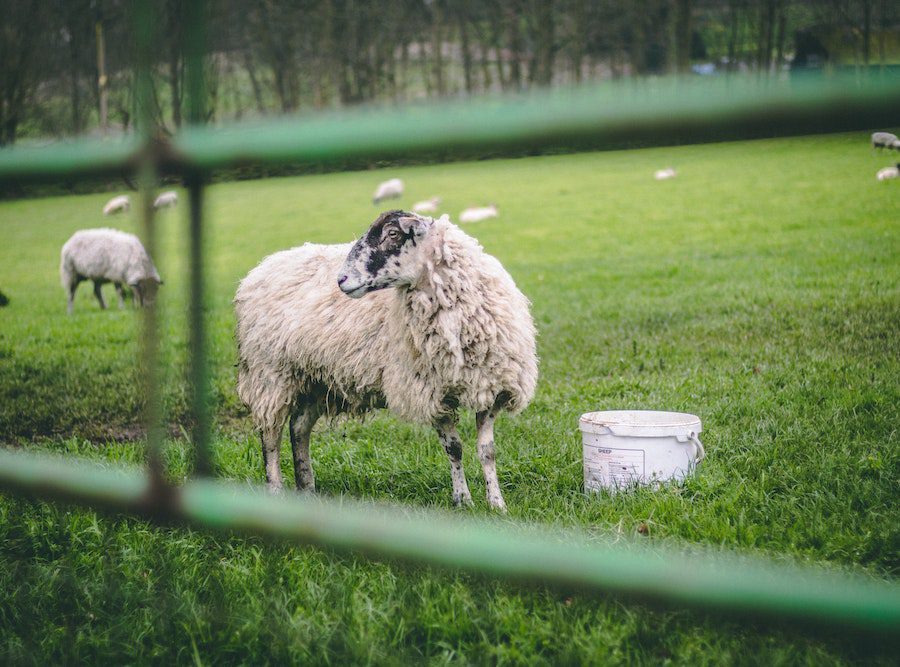What Key Factors To Consider Before Buying Cattle Panels?

Purchasing cattle panels requires careful consideration due to their direct impact on the safety and containment of your livestock. Investing in panels that are sturdy, properly sized, and suited to your needs ensures a secure and reliable fencing solution for your cattle. These assessments can make a significant difference in the functionality and durability of your setup. Proper consideration of these elements can lead to a more efficient and effective use of steel pipe fencing for cattle.
Pipe Fencing For Cattle Panels Using The Right Materials
When considering options for pipe fencing for cattle, it’s crucial to prioritize materials that are both strong and highly visible to effectively deter animals. Traditionally, wood was a common choice for fencing, but its durability has decreased over time, necessitating more frequent maintenance. In regions with high humidity, wooden fences typically last around 20 years if they receive regular upkeep, such as painting or staining every few years. However, pressure-treated wood can extend this lifespan to approximately seven years, albeit at a higher cost. Given these limitations, steel has emerged as the preferred material for fencing, particularly in larger pastures, due to its exceptional durability and longevity.
Steel Panels for Cattle Enclosures
For durable pipe fencing for cattle, steel emerges as the optimal material, resistant to weathering. Steel, an alloy of iron and carbon, boasts widespread usage across various industries, including agriculture, due to its exceptional properties. It offers high hardness and tensile strength, increased durability from carbon infusion, good ductility, low wear rate, and corrosion resistance. Steel used in agriculture typically comprises carbon-manganese, high-strength low-alloy (HSLA), or high-strength quenched and tempered alloy variations. Pre-galvanized zinc-coated steel pipe is commonly employed in modern cattle panel fencing projects for its rust-resistant nature, ideal for outdoor settings.
Compared to other metals, steel excels with:
- High hardness and tensile strength from iron.
- Increased toughness and durability due to added carbon.
- Good ductility.
- Low wear rate and corrosion resistance.
- Suitable for large spans with minimal depth.
- Easy workability and recyclability.
Enhancing Steel for Cattle Panel Protection
Given steel’s natural susceptibility to rust, proper treatment involves applying chromate and a zinc layer to the surface. Increasing the thickness of these layers enhances the resistance of pipe fencing for cattle against corrosion. Moreover, thicker layers provide long-term protection for the inner steel layers. This surface treatment not only adds a shine to the steel cattle panels but also enhances their visibility, aiding cattle in identifying and avoiding them effectively.
Galvanizing protects the underlying iron or steel in these fundamental ways:
- Steel is prone to rust, necessitating surface treatment with chromate and a zinc layer.
- Thickening these layers boosts corrosion resistance in pipe fencing for cattle.
- Enhanced protection for inner steel layers is achieved with thicker coatings.
- The treatment adds shine to cattle panels, improving visibility for cattle.
- This increased visibility helps cattle identify and avoid the panels effectively.
Hot-dip galvanizing applies a thick zinc-iron alloy layer to steel, whereas electro galvanizing offers a thinner coating, commonly used for automobile bodies. While hot-dip galvanizing generally maintains strength, it may cause hydrogen embrittlement in high-strength steels. For products constantly exposed to corrosive materials, stainless steel is preferable. Electroplating is often chosen for outdoor applications due to its cost-effectiveness. Bolts and nuts smaller than M10 may experience reduced strength with thick hot-dip coatings. Galvanized coatings exhibit a visible feature known as “spangle,” adjusted through varying particle addition and cooling rates. Thermal diffusion galvanizing, or Sherardizing, involves zinc diffusion coating on iron- or copper-based materials. Shot blasting, a dry galvanizing method, offers advanced surface preparation without liquids, suitable for coating complex-shaped metals.
Frame Structures for Cattle Panel Enclosures
Frame design varies based on animal size; taller frames are necessary for cattle panels intended for horses, slightly shorter for cows and bulls, and shorter still for hog panels. Sheep and goat panels are the shortest, although they can often deter cattle, while the reverse is not always true. Frame width should balance installation ease with manageability, with closer vertical bar spacing for smaller animals compared to larger ones in pipe fencing for cattle.
Rails Configuration for Cattle Panel Structures
Determining the Number of Rails Needed
For pipe fencing for cattle, the standard rail quantity for cattle fences typically ranges from 5 to 6. Panels accommodating mixed sizes of animals, such as ewes with lambs or cows with calves, may require additional rails for optimal containment. Due to goats’ notorious cleverness as escape artists, goat panels should have a higher density of rails. This precaution is necessary despite the shorter height of cattle panels to ensure effective containment and security for all livestock.
Arrangement of Rails
In pipe fencing, closer rail spacing is essential at lower heights to enhance strength and prevent potential escapes or attacks from cattle. These panels are versatile and suitable for mixed-sized cattle farms, effectively containing both larger and smaller animals. Optimal spacing of rails in cattle panels is essential to prevent cattle from going underneath or through the structure.
Pipes Used in Cattle Panel Construction
Steel pipes, essential for pipe fencing for cattle, are long hollow tubes utilized for diverse applications. Produced through welded or seamless methods, they begin as cast raw steel, later transformed into pipes by stretching or welding. In the early 1800s, these production methods evolved into modern processes, resulting in millions of tons of steel pipes annually. Renowned for their versatility, steel pipes are widely used underground for water and gas transportation and in construction to shield electrical wires. Despite their strength, they remain lightweight, rendering them ideal for cattle panel fencing.
Varieties of Pipes Used
There are Three common pipes used for cattle include round, oval, square, and rectangular pipes. Round and oval steel pipes are preferred for horizontal rails due to their lack of sharp corners and ability to withstand high pressure. However, square and rectangular steel pipes are not suitable for horizontal rails as they may cause injuries to cattle during attacks. Hence, they are typically used for vertical posts because they facilitate easier construction.
Determining the Ideal Pipe Size
Choosing the right pipe size for cattle panels depends on the size of the cattle, ranging from 40×40 to 100×100 and various dimensions in between. Round pipes typically have an outer diameter (OD) of 26 – 27mm. The sizes play a crucial role in visibility, especially for animals like horses and deer with limited color perception and high-speed movements. Wide rails offer excellent sightlines and are lightweight, easy to install, and portable, ensuring cattle can see and avoid the panels effectively.
Determining the Ideal Pipe Thickness
The optimal thickness range for panel pipes, spanning from 0.8mm to 3.2mm, ensures sufficient durability and strength for pipe fencing for cattle. Thicker pipes offer greater resistance to bending and deformation, providing enhanced resilience against the force exerted by cattle. This means that for cattle with greater strength or those prone to exerting more force, such as larger breeds or those with a tendency to lean on or push against the panels, thicker pipes are advisable to maintain the structural integrity of the fencing over time.
Welded Components
In cattle management, preventing breaches in pipe fencing for cattle is essential, especially during times of hunger, weaning, breeding, and boredom, as well as in gateways and handling yards where animals may exert force against the panels. Welded parts serve as critical components, linking panels to create a secure enclosure. Strong welds are paramount to withstand the pressure exerted by cattle, ensuring the fence remains intact. Common welded parts like U and L lugs, caps, and panel bases contribute to the structural integrity of the fence, with U-lugs offering superior strength.
Safeguard Your Herd With Bison Pipe
Secure your livestock with Bison Pipe’s durable and reliable steel pipe fencing for cattle solutions. Ensure the safety of your animals by investing in high-quality steel fencing. Choose Bison Pipe for your cattle panel needs and experience peace of mind knowing that your fencing is built to last. Contact us today to find the perfect fencing solution for your farm!

